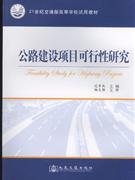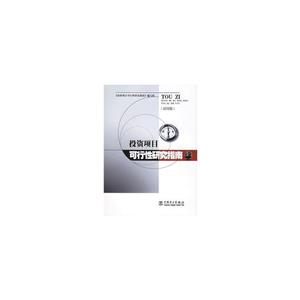
作者:孙李
页数:413
出版社:中国政法大学出版社
出版日期:2014
ISBN:9787562053316
电子书格式:pdf/epub/txt
内容简介
当前,信息技术的持续进步正在推动着商业方法相关革新的不断发展,例如,太阳微系统公司开发的网络一站式购物方法已经不再需要在客户端或服务器上保存任何数据文档。一些公司正试图利用这类革新去降低成本并提高质量以获得竞争优势。成本的降低以及产品、服务和/或其它质量的提高最终可能带来消费者的受益。然而,由于这类革新的易仿制的特性所导致的竞争优势可能难以维持的结果或许降低公司对该类革新投入的积极性,是否对该类创新提供专利保护成为了当今的一个争议性问题。目前,追随1998年道富信托银行一案的判决,美国已经在法律上认可了商业方法创新的专利保护。然而,在欧洲,尽管一些商业方法相关的创新已经实际上被授予了专利权,欧洲专利局仍未对此明确表态。欧洲专利局对商业方法专利所持有的暧昧态度或许会对欧洲的工业和经济产生严重的消极影响。
作者简介
孙李,法学博士,浙江工商大学法学院教师。1996年9月~2000年7月就读于烟台大学法学院,获法学学士学位;2000年8月~2002年7月任教于烟台教育学院政法系;2002年9月~2004年11月在The University of Sunderland(英国桑达兰大学)攻读商务研究专业,获硕士学位;2004年11月~2006年4月任教于烟台教育学院政法系;2006年4月~2013年6月在Edinburgh Napier University(爱丁堡龙比亚大学)攻读法学(知识产权法)方向,获博士学位。2013年11月开始在浙江工商大学法学院任教。
本书特色
advances in information technology have enabled the design and development of innovations in business methods. this is particularlyfelt with it enabled innovations such as sun microsystems’ statelessshopping cart for the web which is a web shopping cart system that does not require any data files to be maintained on either the client or the server. firms attempt to leverage these innovations to gain competitive advantages through cost reduction and other quality improvements, which may also pass some benefits on to consumers. however, such competitive advantages are mcreasingly difficult to sustainbecause business method innovations are often easy to copy or imitate.quick and cheap imitation of innovative products and processes mayreduce the incentives for firms to invest further in innovation. thus,patent protection for business method inventions became a live issue with different outcomes as between the us and europe. at present, in the us, business method patents are legally recognised since the state street ban,k decision, 149 f. 3d 1368 (us court of appeals for the federal circuit 1998).
目录
1.1 the purpose of the research
1.2 structure of the book
1.3 what is a business method and what is a business method-relatedinvention?
1.4 historic origins and the purpose of patent law
1.5 the classical justification of patent protection in philosophy and economics
1.6 the empirical study of the economic impacts of general patents in the real world
1.7 the changing business method environment and the challenges
1.8 the academic controversy of business method-related patent
1.9 aim and research questions
chapter two: methodology
2.1 the epistemology of legal research
2.2 research methods in the study
2.3 summary of methodology
chapter three: business method-related patent in europe
3.1 patentability
3.2 the cases of epo boards of appeal concerned patenting business methods
3.3 summary
chapter four: business method-related patents in the u.s.
4.1 patentability
4.2 the american cases on patenting business methods
4.3 summary
4.4 the differences between the us and european patent regulations related to business method patentability
chapter five: statistics analysis of business
method-related patents quality
5.1 whatis patent quality?
5.2 what role does patent quality play?
5.3 how are we to assess the patent quality?
5.4 statistics analysis of prior art ( backward cites)
5.5 statistical analysis of times a prior patent is cited in subsequent patent (forward cities)
5.6 summary
chapter six: the economics of the patent system with particular reference to business method- relatedlnventions
6.1 protecting the returns of r&d
6.2 increasing the diffusion of the knowledge
6.3 attracting venture investment
6.4 defending competitive advantage
6.5 macro-economicimpact
6.6 summary: whether europe should allow business method-related patents based on the classical justific- ation of patent protection when the impacts of business method-related patents are considered
chapter seven: conclusion
7.1 conclusion of black letter law findings conceming the european and us jurisdictions: what land of business method-related inventions can be patented in europe at present and what differences are these between the us and europe in the present law for business method- related patents?
7.2 whether the scope of business method-related invention protections should be extended in europe
7.3 limitations of this study and recommended further research
bibliography
appendix 1:selected us patent act (35 u.s.c.)
appendix 2: selected european patent convention articles
list of abbreviations
list of tables
后记















